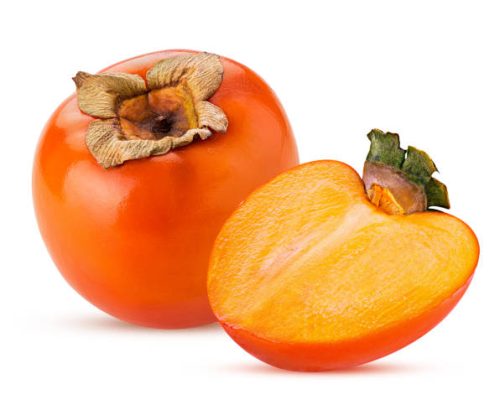Project Report For Persimmon Fruit
Introduction
Project Report for Persimmon Fruit is as follows.
An edible fruit (particularly a berry) known as a persimmon grows on a variety of trees in the genus Diospyros. Asian persimmons, also known as Diospyros kaki, are the most extensively grown of them. Persimmons can be any shade from pale yellow to dark red-orange when they are ripe. They vary in terms of both size and shape. Persimmons come in sizes ranging from three-quarters of an inch to three and a half inches in diameter. Others are heart- or pumpkin-shaped, while others are rounder.
There are two kinds of Asian persimmons:
- Hachiya
- Fuyu
- Hachiya :- Hachiya are astringent, pale, heart-shaped or acorn-shaped plants. Astringent persimmons have a high quantity of soluble tannins and should only be eaten when fully ripe and softened.
- Fuyu :- Fuyu are tomatoes in shape. While they contain tannins, they are less astringent than Hachiya, making them more digestible sooner. While they are still solid, you can eat and enjoy them.

The persimmon is a relatively easy fruit to cultivate, requiring a warm climate and well-drained soil. In India, the trees are usually grown from cuttings, which are planted in the spring and take several years to reach maturity. The trees are relatively drought-resistant and require very little maintenance, making them an attractive crop for farmers.
The persimmon tree is a deciduous tree that can grow up to 20 meters in height and is characterized by its deep green, glossy leaves. The tree produces large, round, orange-colored fruit that is usually harvested between October and December. The fruit has a smooth, thin skin that is easily peeled, revealing the juicy, soft flesh inside.
Benefits of Persimmon Fruit
Persimmons are a rich source of nutrients, including vitamins A and C, potassium, and dietary fiber. The fruit is also low in fat and calories, making it a healthy snack option. In addition, persimmons are believed to have several health benefits, including improving heart health, boosting the immune system,and regulating blood sugar levels.
Persimmons are a rich source of vitamins and minerals, including vitamin C, potassium, and fiber. They are also low in calories and contain antioxidants, which help to protect the body against damage caused by free radicals. The fruit has a sweet, slightly tangy flavor that is popular among consumers of all ages.
Boost blood flow. Persimmon may help to lower the risk of heart disease in various ways.2,4 More human research are needed to determine the effect of persimmon fruit on heart problems. As a result, if you have any indications of heart problems, you should visit your doctor rather than relying solely on persimmons.
Get Completely Custom Bankable Project Report
Market Potential for Persimmon Fruit
The global Persimmon fruit market was worth USD 551.1 billion in 2021 and is predicted to increase at a CAGR of 3.6% from 2022 to 2028.
The market potential of Persimmon fruit in India is growing rapidly due to the increasing awareness of healthy and nutritious food options among consumers. Persimmon fruit is a rich source of antioxidants, fiber, and vitamins that make it a healthy food option. It has a unique sweet and tangy flavor that appeals to consumers, making it a popular snack option. The fruit is also used in various food preparations, such as salads, smoothies, and desserts.
In recent years, the demand for organic and natural food options has increased, and persimmon fits this requirement perfectly. Persimmon is a low-maintenance fruit crop and can be grown in various climates, making it a suitable option for farmers to grow.
Another factor that is driving the growth of the persimmon market in India is the increasing health consciousness among consumers. People are becoming more aware of the importance of eating healthy and nutritious foods, and are looking for alternative snacks that are not only delicious but also provide health benefits. Persimmons fit the bill and are becoming more popular as a result.

